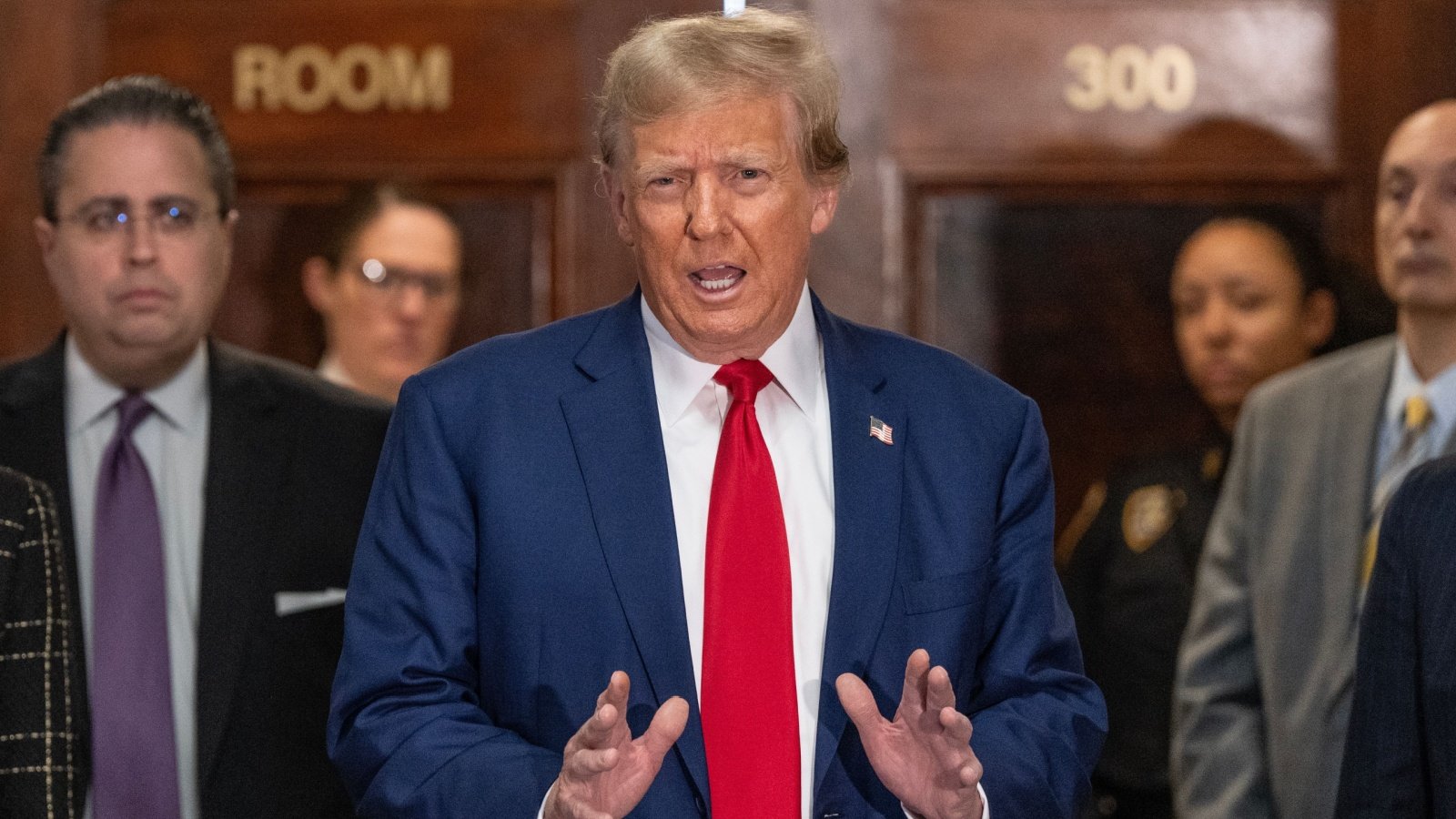The Republican Party teeters on the brink of collapse due to shifting demographics, values, and voter expectations. As younger, more diverse, and technologically savvy populations grow, the GOP’s alignment with their interests has not kept pace. Let’s explore the reasons why the Republican Party may be nearing a pivotal point in its history.
Shifting Demographics

Growing Hispanic, Asian, and other minority populations that traditionally leaning Democratic are upsetting the balance. Republicans have struggled to appeal to these groups at the same rate as Democrats. If the GOP cannot broaden its base, it risks losing significant electoral ground.
Youth Disengagement

Younger generations are showing strong liberal inclinations on social issues like climate change, gun control, and social justice. The Republican Party’s current policies often clash with the values of these younger voters. Failing to update its platforms could alienate future key voters.
Party Division

Internal conflicts within the Republican Party have led to a fractured base, with traditional conservatives and Trump-supporting populists often at odds. This division complicates the party’s ability to present a unified platform and could lead to splintering. If unresolved, these ideological splits may drive voters away.
Climate Change Denial

As climate change becomes a more pressing concern globally, the Republican Party’s frequent skepticism and denial could turn away voters, especially the youth and environmentalists. This stance places the GOP at odds with the scientific consensus and emerging public opinion. Persistent denial could render the party irrelevant in future policy discussions.
Loss of Female Voters

Republican policies on women’s reproductive rights and healthcare have frequently alienated female voters. As women continue to vote in higher numbers and generally lean towards more progressive policies, the GOP risks losing this crucial demographic. Addressing women’s issues in a more progressive manner could be key to reversing this trend.
Reliance on Aging Voter Base

The GOP traditionally relies heavily on older voters, but as this demographic inevitably declines, the party faces an existential challenge. Without a strategy to attract younger voters, the party’s future electoral prospects could dim. Adapting to the interests and concerns of younger voters is critical.
Social Conservatism Out of Sync

The party’s conservative social policies are increasingly out of sync with the general American public opinion, which has been moving towards greater acceptance and equality. This disconnect may push away moderate and younger voters. Embracing more inclusive social policies could help rejuvenate the party’s image.
International Relations and Isolationism

The GOP’s recent tilt towards isolationism and skepticism towards NATO has concerned voters who value global stability and cooperation. This stance may alienate the increasingly interconnected American populace that sees value in international partnerships. Reassessing foreign policy could help improve both global standing and domestic support.
Failure to Address Gun Violence

In the wake of numerous mass shootings, the GOP’s resistance to enacting stricter gun control measures has been met with growing public frustration. This stance increasingly appears out of touch with a populace that desires sensible gun safety laws. Addressing this issue with meaningful legislation could bridge the gap with concerned voters.
Educational Divide

Higher education levels correlate with more liberal political views. The GOP’s anti-intellectual and anti-science rhetoric can alienate this educated electorate. To remain competitive, the party might need to embrace a more fact-based approach.
Gerrymandering Backlash

Public awareness and backlash against gerrymandering are growing. Legal challenges and reforms aimed at creating fairer electoral processes could reduce the effectiveness of such strategies. Fair representation in elections could expose the GOP to less favorable outcomes.
Suburban Shift

Suburban voters, once a reliable Republican stronghold, have been trending towards Democrats in recent elections. Issues like healthcare and education, which are increasingly important to suburbanites, often find more aligned solutions with Democrats. This shift could signify a long-term problem for the GOP if it continues.
Economic Policy Disconnect

Many of the GOP’s policies have been criticized for favoring the wealthy at the expense of the middle and working classes. This perception has damaged their reputation among voters who feel economically disenfranchised. If the party cannot realign its economic policies to better serve the broader populace, it may continue to lose support.
Healthcare Policy Failures

The repeated attempts to repeal the Affordable Care Act without a clear and viable alternative have not been popular among many Americans. This has cost the GOP support from voters who prioritize health security. A failure to constructively address healthcare could be detrimental in upcoming elections.
Increasingly Authoritarian Image

Some critics argue that the GOP’s recent actions suggest a shift towards more authoritarian practices, particularly in its handling of elections and political dissent. This perception could frighten away voters who value democratic norms and civil liberties. Maintaining democratic integrity is essential for sustaining political legitimacy.
Technological Adaptation Challenges

Democrats are outpacing Republicans significantly in using online tools for campaigning and voter engagement. This technological gap could hinder the GOP’s effectiveness in future elections.
Corporate America’s Shift

Increasingly, major corporations are taking stakes on progressive issues such as environmental sustainability, diversity, and inclusion, aligning more with Democratic policies. As corporate support shifts away from the Republican Party due to these social stances, funding and endorsements could decrease.
Immigration Stance

The GOP’s hardline stance on immigration has not resonated well with immigrant populations and younger demographics who favor more inclusive policies. This approach has often been seen as out of step with a globalizing world. Adhering to this stance could further alienate a growing segment of the electorate.
Media Influence

As the landscape of media consumption changes, with younger audiences turning to online and independent sources over traditional media, the GOP’s typical communication channels lose their effectiveness. This shift diminishes their ability to shape public opinion among younger demographics. Adapting to new media trends is essential for the party to maintain its relevance.
Loss of Rural Influence

While rural areas have traditionally been Republican strongholds, demographic shifts, and economic changes are decreasing these populations. As rural America shrinks and urban and suburban areas grow, GOP dominance in these regions may wane. Adapting to the interests of urban voters is increasingly important.
Supreme Court Decisions

Recent controversial decisions by the Supreme Court, while initially seeming to align with conservative values, have ignited public debates and protests, potentially mobilizing opposition. This backlash could influence public sentiment against the GOP, associating it with unpopular rulings. Maintaining public support in light of divisive judicial decisions is challenging.
Ethical and Leadership Scandals

Repeated ethical scandals and leadership controversies have tarnished the Republican Party’s image. Public fatigue over continuous political drama may lead voters to seek alternatives. Restoring ethical credibility is paramount to regain the trust of the electorate.
Handling of the COVID-19 Pandemic

Criticism over the handling of the COVID-19 pandemic under a Republican presidency has left lasting scars. Public dissatisfaction with the response could translate into long-term distrust in the party’s ability to manage public health crises. Effective crisis management is crucial for restoring public confidence.








